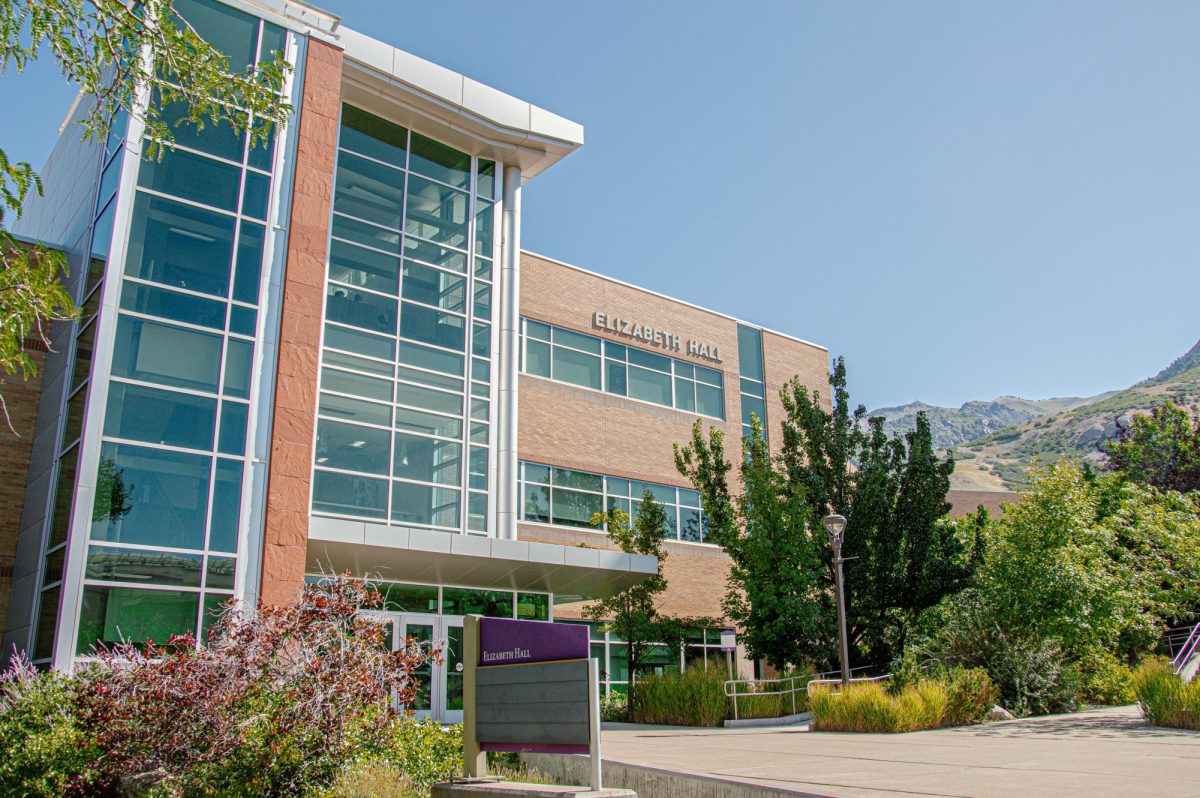
Weber State University Zoology Professor John Cavitt and three of his students are working to track the migration pattern of the American Avocet. With about 50 percent of the Avocet population using the Great Salt Lake, research of these birds and their annual cycles is critical.
Cavitt and his students are interested in how exactly these birds use the Great Salt Lake. During this time of year, the birds are breeding and molting their feathers in preparation to migrate.
“We want a better understanding of all the sites they are using throughout their annual cycle,” said Cavitt. “We know, as conservation biologists, that if we try to protect only a single site that migratory birds are using, we could still end up losing species if other locations that they use throughout the year are threatened.”
Javier Herrera, a student at University of Nayarit in Tepic, Mexico, was one of the three students involved in this project with Cavitt.
“This project was designed to build capacity in Mexico for avian biologists,” Cavitt said. “Many of the students that have successfully gone through our program are now biologists in Mexico or going to graduate school in Mexico.”
Weber State has hosted students from other countries. All of them come here because Weber State is connected to their location through the migration patterns of the birds.
Platform transmitter terminals, also known as satellite transmitters, are used to track the birds. It is attached to the underside of the bird and charged using solar power. For the first time, this technology has been small enough to be used on the American Avocet.

The first tracker was placed on an American Avocet on May 31, with the last tracker being placed on June 27. A total of eight transmitters have been placed so far.
“It has been very successful so far,” WSU senior Jeff Cowlishaw said. “We are just starting to get some data collected. We don’t have a lot of data yet, so it’s hard to say how successful it is, but so far, everything has gone well.”
Each transmitter costs about $3,000, with a $90 data fee per transmitter each month. Rio Tinto Kennecott is funding the project and has provided funds for a year of research. Rio Tinto Kennecott supports programs for research conservation, ecotourism and education.
This project has partnered with Birdlife International, a global research group. Kennecott donated money for the project, which was then matched by funds from Birdlife International.
It is believed that the American Avocets spend the winters in sites near the University of Nayarit. In January, Herrera will return to Mexico and Cavitt will join him to continue their research. They will be placing two more transmitters on Avocets in Mexico.
“We felt that it was really important to help people understand the importance of all of those things from a global perspective,” said Ann Neville, Senior Advisor of Biological Resources at Rio Tinto Kennecott. “The transmitters on the Avocets fulfill a lot of those goals, even on an international scale.”



















